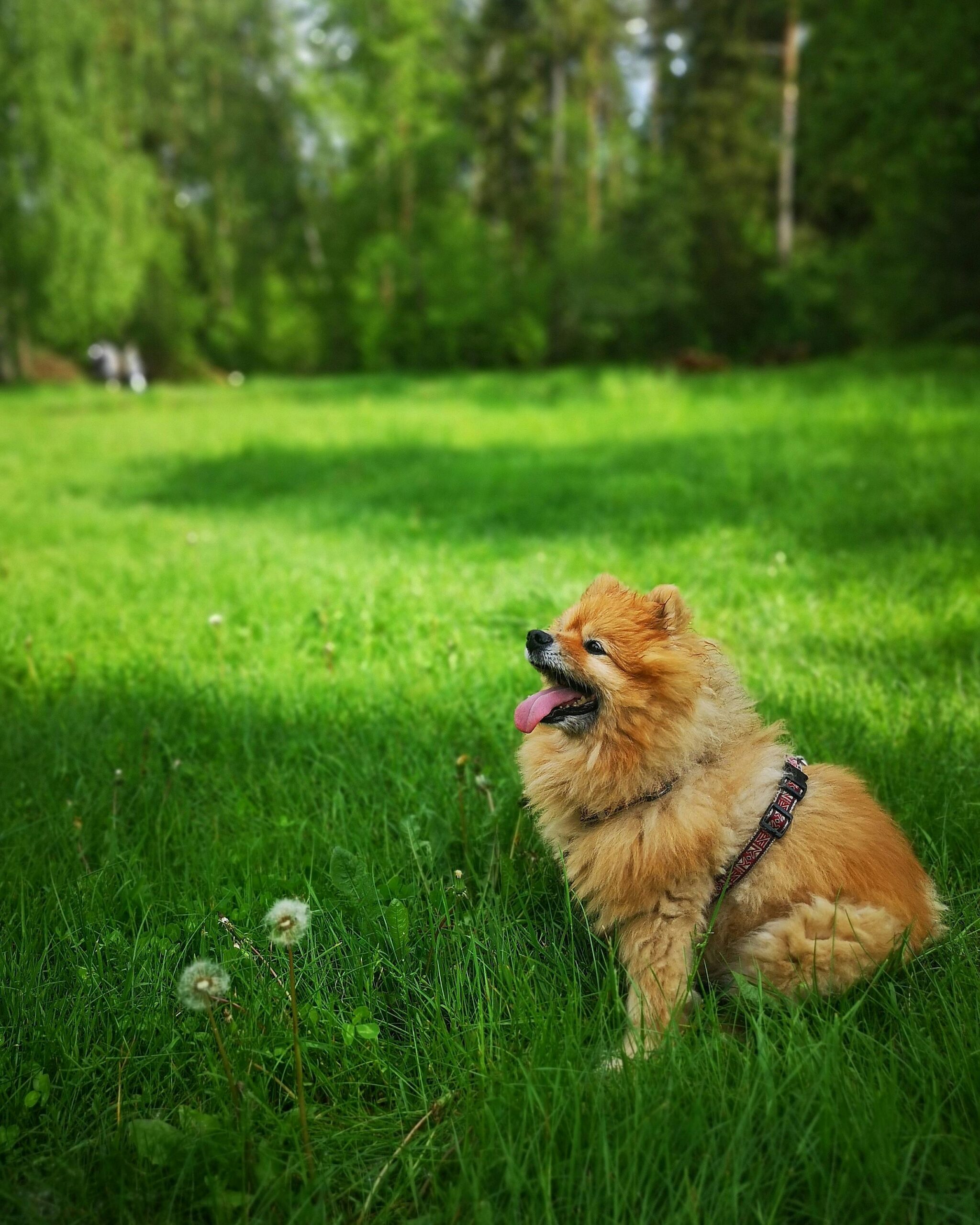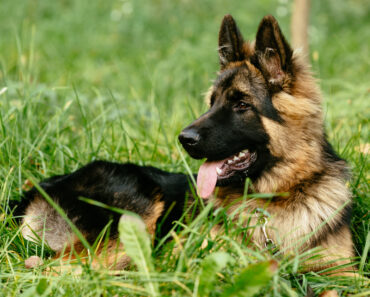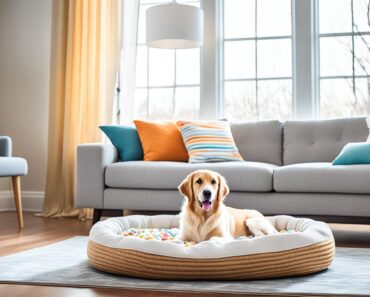The Pomeranian, with its luxurious double coat, lively personality, and charming demeanor, is a small breed that packs a big punch. Known for its intelligence, playful nature, and distinctive appearance, the Pomeranian makes an excellent companion for many types of households. This guide provides an in-depth look at the Pomeranian breed, including its history, characteristics, care requirements, and more.
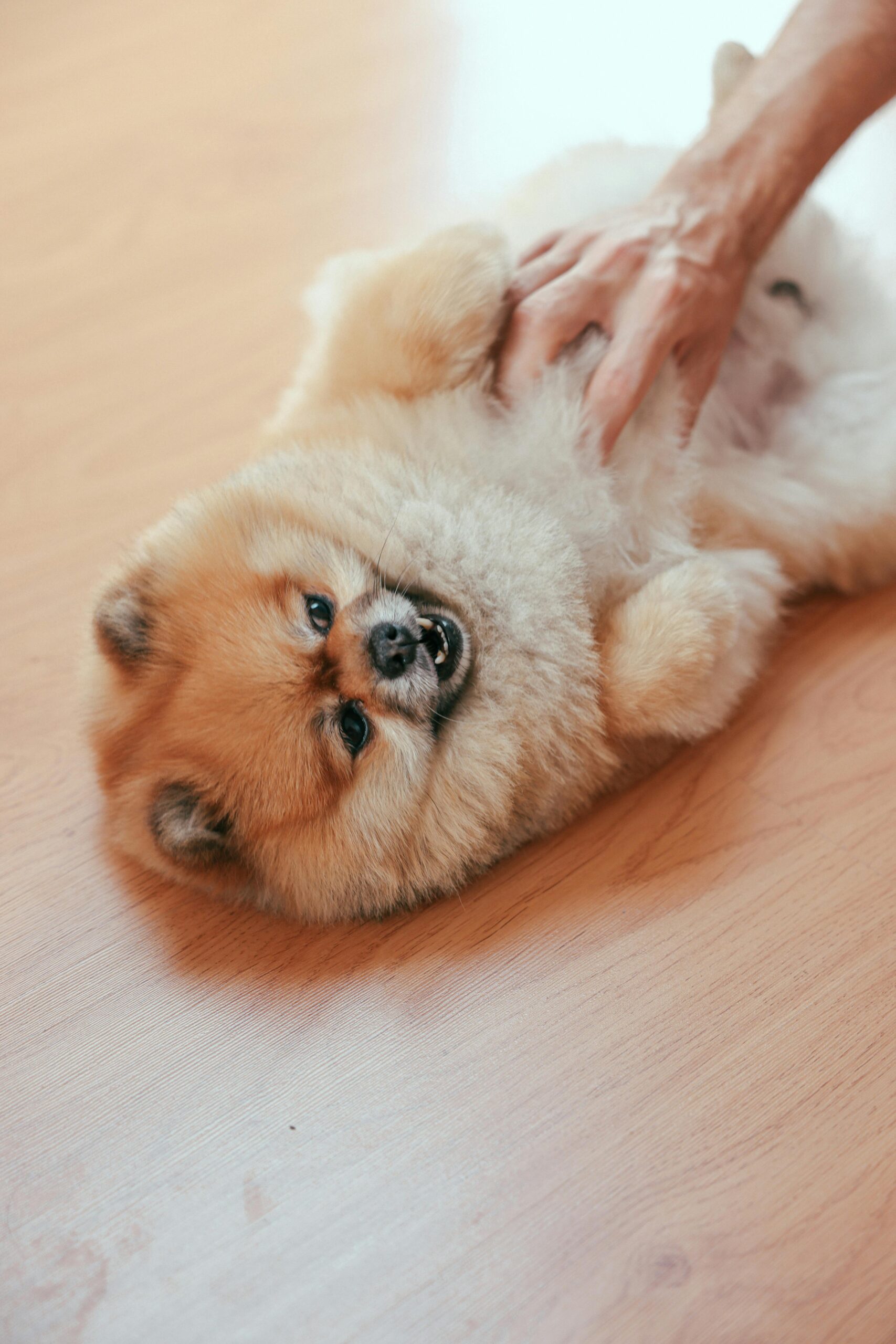
1. Introduction
The Pomeranian, a toy breed with a striking appearance and a vibrant personality, has captured the hearts of dog lovers around the world. Known for its fluffy coat and energetic demeanor, this breed is often seen as a small dog with a large presence. Whether you’re considering adding a Pomeranian to your family or are simply interested in learning more about this delightful breed, this guide will provide you with all the information you need.
2. History of the Pomeranian
The Pomeranian’s history traces back to the larger Spitz-type dogs that originated in the Arctic regions. The breed’s name is derived from the Pomerania region, which spans parts of modern-day Germany and Poland.
Table 1: Historical Timeline of the Pomeranian
| Date | Event |
|---|---|
| Early 1800s | The Pomeranian breed is developed from larger Spitz-type dogs. |
| 1888 | The breed gains popularity in England, with Queen Victoria’s Pomeranian, Marco, boosting its profile. |
| Early 1900s | The Pomeranian becomes a popular show dog and companion breed worldwide. |
Initially, Pomeranians were much larger, but selective breeding over the years has resulted in the smaller size we see today. The breed’s compact size and lively personality made it a favorite among royals and celebrities, further enhancing its popularity.
3. Physical Characteristics
The Pomeranian is known for its distinctive appearance, which includes a fluffy double coat, small stature, and a characteristic fox-like face.
Table 2: Key Physical Characteristics of the Pomeranian
| Feature | Description |
|---|---|
| Size | Height: 7.9-9.1 inches (20-23 cm), Weight: 3-7 pounds (1.4-3.2 kg) |
| Coat | Double coat with a dense undercoat and a long, straight outer coat |
| Color | Available in a variety of colors, including orange, black, white, sable, and merle |
| Face | Fox-like face with a short, pointed muzzle and erect ears |
| Tail | Plumed tail that curls over the back |
The Pomeranian’s coat requires regular grooming to maintain its appearance and prevent matting. The breed’s small size and fluffy coat make it a popular choice for apartment living and urban settings.
4. Temperament and Personality
Pomeranians are known for their spirited and lively personalities. They are intelligent, alert, and confident, making them excellent watchdogs despite their small size.

Key Traits of Pomeranian Temperament:
- Energetic: Pomeranians are playful and enjoy interactive games and activities.
- Intelligent: They are quick learners and can excel in obedience training and agility.
- Affectionate: They form strong bonds with their owners and enjoy being the center of attention.
- Vocal: Pomeranians can be quite vocal and may bark to alert their owners of any activity or unfamiliar sounds.
Their outgoing nature and intelligence make them adaptable to various living situations, but they require regular mental stimulation and social interaction to stay happy.
5. Health and Lifespan
The Pomeranian generally enjoys good health, but like all breeds, it is prone to certain health conditions. Regular veterinary check-ups and proper care are essential to ensure a long, healthy life.
Table 3: Health and Lifespan Information
| Aspect | Details |
|---|---|
| Lifespan | 12-16 years |
| Common Health Issues | Dental problems, patellar luxation, tracheal collapse, and allergies |
| Preventive Care | Regular dental check-ups, vaccinations, and flea/tick prevention |
Due to their small size, Pomeranians may be prone to dental issues and patellar luxation. Regular brushing and dental care are crucial, as is keeping them at a healthy weight to avoid stress on their joints.
6. Training and Socialization
Training and socialization are crucial for a well-behaved Pomeranian. Early training helps manage their energetic and sometimes stubborn nature, while socialization ensures they grow up to be well-adjusted and friendly.
Training Tips:
- Positive Reinforcement: Use treats, praise, and positive reinforcement to encourage good behavior.
- Consistency: Be consistent with commands and routines to help your Pomeranian learn quickly.
- Socialization: Introduce your Pomeranian to various people, pets, and environments from an early age to prevent shyness or aggression.
Pomeranians can excel in obedience and agility training, making them a versatile choice for dog sports and activities.
7. Grooming and Care
The Pomeranian’s double coat requires regular grooming to keep it healthy and free from mats.
Grooming Tips:
- Brushing: Brush your Pomeranian’s coat several times a week to prevent tangles and mats.
- Bathing: Bathe your Pomeranian as needed, but avoid over-bathing to prevent skin dryness.
- Nail Trimming: Regularly trim your Pomeranian’s nails to prevent overgrowth and discomfort.
- Ear Cleaning: Check and clean your Pomeranian’s ears regularly to prevent infections.
Care Tips:
- Exercise: Provide regular exercise through playtime and short walks to keep your Pomeranian healthy and fit.
- Mental Stimulation: Engage your Pomeranian with toys and interactive games to keep their mind sharp.
8. Diet and Nutrition
Proper nutrition is essential for maintaining your Pomeranian’s health and energy levels. A balanced diet tailored to their age, size, and activity level will support their overall well-being.
Dietary Recommendations:
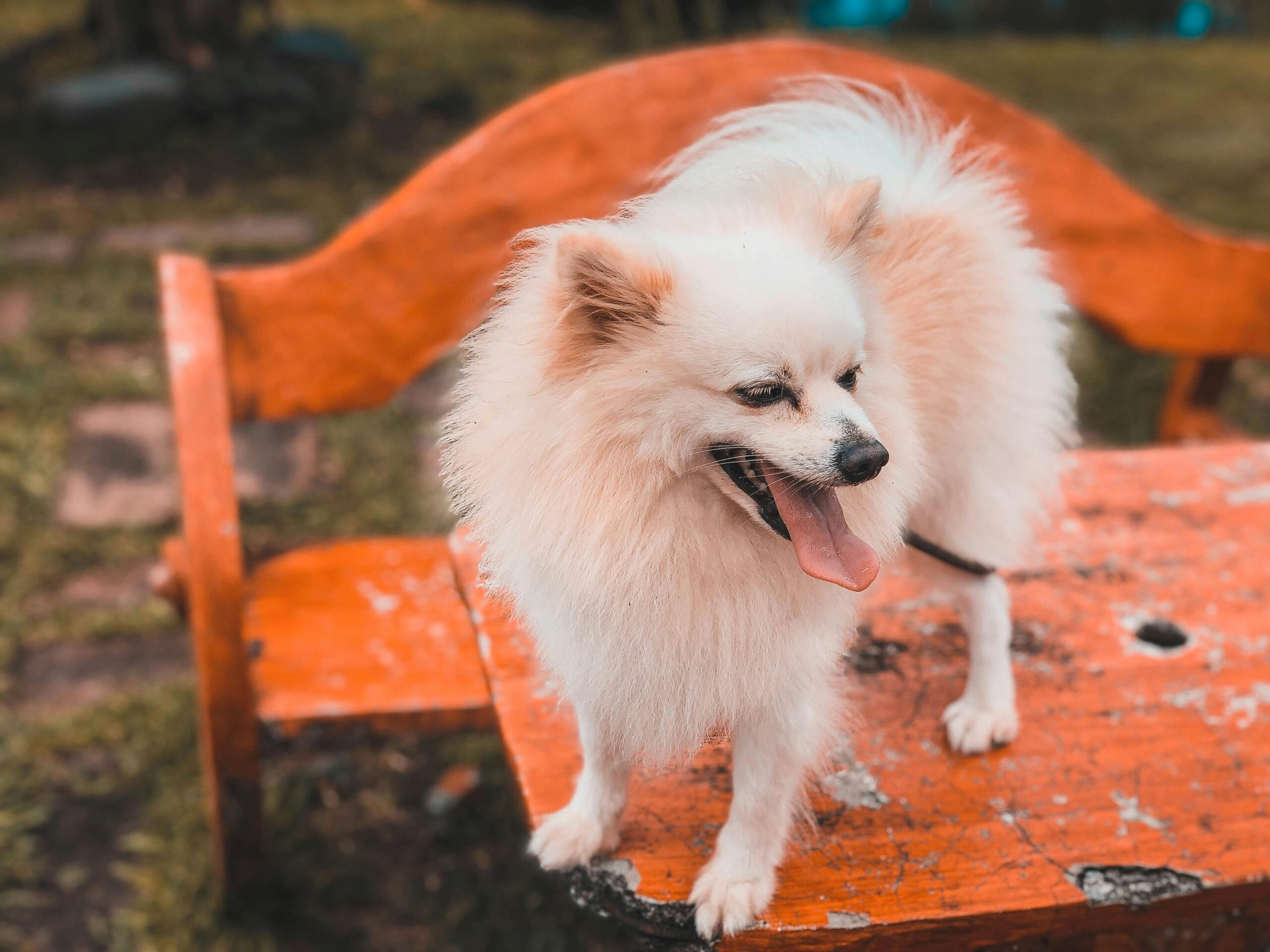
- High-Quality Dog Food: Choose a high-quality commercial dog food formulated for small breeds.
- Portion Control: Monitor portion sizes to prevent obesity, which can lead to health issues.
- Treats: Offer treats in moderation, and opt for healthy, low-calorie options.
Nutritional Needs:
- Protein: Essential for muscle development and maintenance.
- Fats: Provide energy and support a healthy coat.
- Vitamins and Minerals: Support overall health and immune function.
9. Living with a Pomeranian
Pomeranians adapt well to various living environments, including apartments and houses. Their small size and low exercise needs make them suitable for urban living, but they still require regular playtime and mental stimulation.
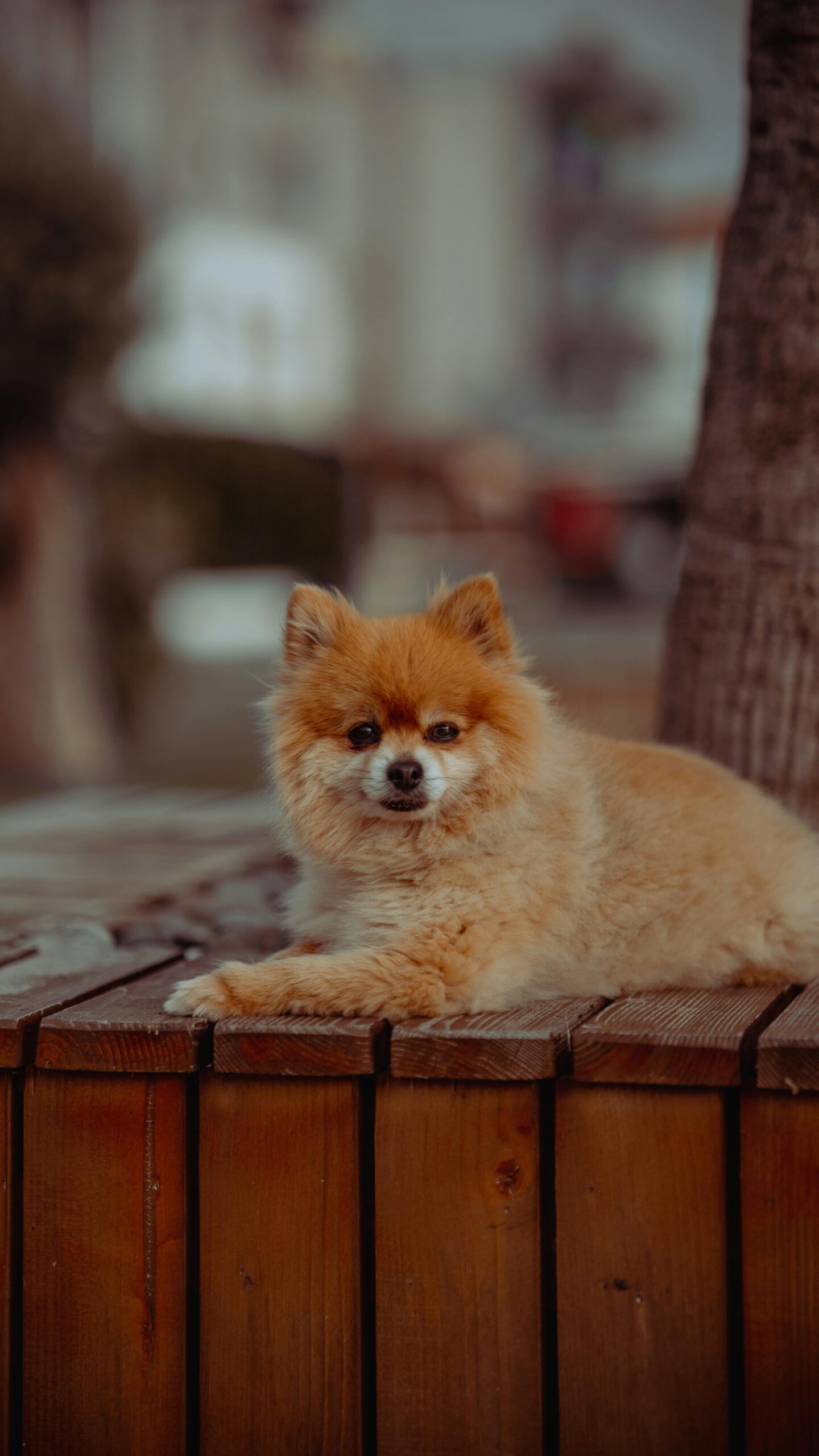
Living Tips:
- Space: Ensure they have a comfortable space to relax and play.
- Interaction: Spend quality time with your Pomeranian to strengthen your bond and keep them happy.
- Safety: Pomeranians should be supervised around small children and other pets to prevent accidents.
10. Common Health Issues
While Pomeranians are generally healthy, they can be prone to specific health issues. Regular veterinary care and monitoring can help manage and prevent these conditions.
Common Health Issues:
- Dental Problems: Pomeranians are prone to dental issues, so regular brushing and dental check-ups are important.
- Patellar Luxation: A condition where the kneecap dislocates, causing lameness.
- Tracheal Collapse: A condition where the trachea weakens, causing breathing difficulties.
- Allergies: Pomeranians can suffer from allergies, which may require dietary adjustments or medication.
11. Conclusion
The Pomeranian is a small dog with a big personality. With its striking appearance, intelligence, and affectionate nature, the Pomeranian makes a wonderful companion for many people. By understanding the breed’s history, characteristics, and care requirements, you can ensure that your Pomeranian leads a happy, healthy life. Whether you’re drawn to their fluffy coat, playful demeanor, or charming personality, the Pomeranian is sure to bring joy and companionship to your life.
